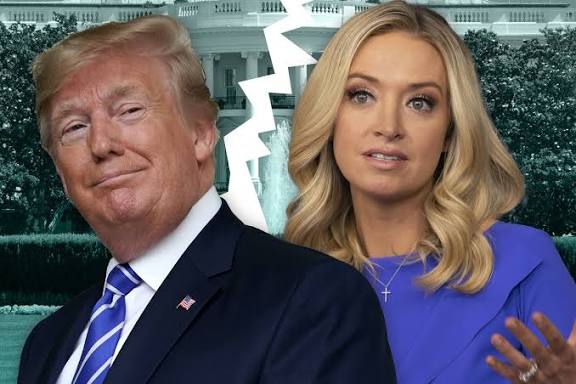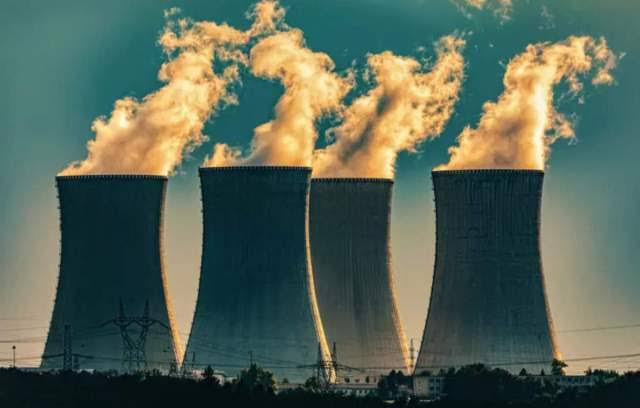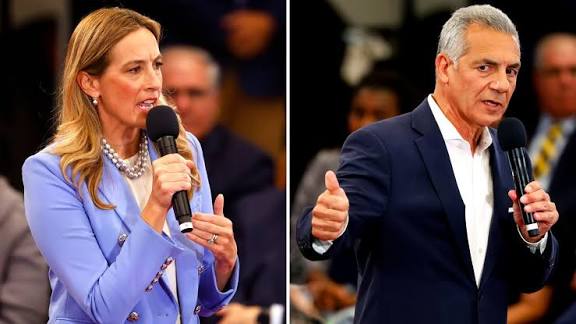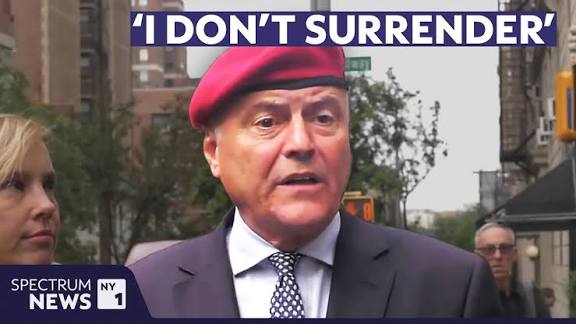Liberal Stronghold Erupts: Anti‑ICE Protests Turn Violent Overnight
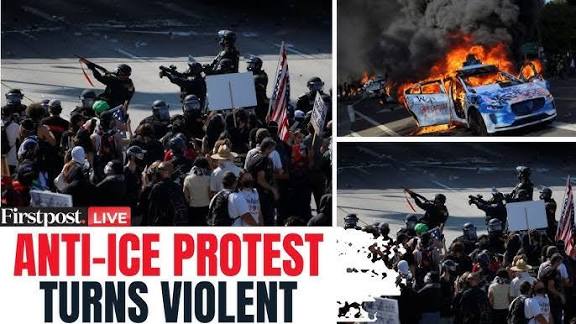
Broadview has become the subclass of immigration enforcement of Donald Trump, causing some local people to fear snow. Today we will discuss about Liberal Stronghold Erupts: Anti‑ICE Protests Turn Violent Overnight
Liberal Stronghold Erupts: Anti‑ICE Protests Turn Violent Overnight
On a seemingly quiet evening, tensions that had been simmering beneath the surface in one of America’s most iconic liberal strongholds finally boiled over. What began as peaceful demonstrations against Immigration and Customs Enforcement (ICE) escalated into clashes, property damage, and confrontations with federal agents. The city, long viewed as a bastion of progressive values and civil liberties, suddenly found itself at the center of a fierce national debate over immigration, federal power, protest rights, and law and order.
Prelude: Underlying Frustrations and Political Climate
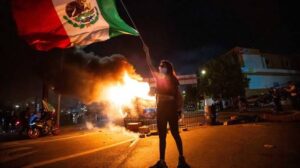
To understand why protests erupted overnight, one must look at the context. Over the past months, discontent had been growing in liberal urban centers over what many viewed as overreach by federal authorities, especially regarding immigration enforcement. In cities known for sanctuary policies and strong support for immigrant rights, activists felt increasingly besieged as ICE raids and federal deployments intensified.
In Los Angeles, for example, coordinated immigration sweeps targeted multiple sites, including a clothing wholesaler, a Home Depot location, and sites in the Fashion District. Over 40 people were detained, prompting outrage from local officials. Democratic lawmakers, labor unions, and civil rights groups denounced the raids, accusing the federal government of undermining local authority.
Meanwhile, in Portland — long a focal point of protest activity — demonstrations targeting the local ICE facility had been ongoing for weeks. The city government’s resistance to federal intervention, along with legal actions filed by Oregon’s attorney general, further stoked the political tension.
These flashpoints reflected a broader national pattern. Across the country, from New York to Denver to San Francisco, anti-ICE rallies had been held, some peacefully, others edging toward confrontation.
Many protesters voiced frustration at perceived double standards: while local jurisdictions often rejected collaboration with federal immigration authorities, successive administrations escalated enforcement anyway.
But while small skirmishes and arrests had been reported in several cities, nothing on the scale of what was about to unfold had yet broken out in the heart of this liberal stronghold.
The Spark: Overnight Intensification
In the late evening hours, protest activity surged beyond expectations. What began as a demonstration outside an ICE facility morphed into an active confrontation:
-
Riot police deployed tear gas, flash-bangs, and rubber bullets to disperse crowds.
-
Protesters countered with projectiles—rocks, bottles, and makeshift barricades—pushed into streets and alleys.
-
Several buildings in the vicinity bore fresh graffiti, with slogans like “Abolish ICE” and “No Justice, No Peace” scrawled on walls.
-
Windows were broken; storefronts facing the protest zone were vandalized.
-
Clashes between masked protesters, local agitators, and federal agents occurred well into the night.
-
At least a dozen arrests were made, including high-profile individuals.
Federal agents, backed by tactical units and National Guard personnel, attempted to restore order and secure the ICE compound. According to the White House, the deployment was authorized to protect federal property and employees under siege.
Local officials, however, decried the move as an overreach, asserting that city and state law enforcement could handle public safety without militarized intervention.
By dawn, aerial smoke loomed, downtown streets were littered with debris, and social media feeds buzzed with photos and videos of chaos. The liberal stronghold had turned into a battlefield.
Key Players and Positions
Protesters & Activists
The protest movement was not monolithic; it comprised a broad coalition:
-
Grassroots activists: Black Lives Matter groups, immigrant-rights organizations, local community groups, and anarchist-leaning collectives all converged under anti-ICE banners.
-
Paid organizers and agitators: According to some reports, paid activist groups helped coordinate protest logistics, mobilization, and messaging.
-
Politically engaged leaders: Elected officials and civic figures showed up to lend legitimacy and amplify demands, drawing public attention. In some cases, they clashed with federal authorities over access to detainees and protest zones.
Their demands coalesced around a few central themes:
-
End ICE operations and deportations in their city and nationally.
-
Restoration of due process and restraint in immigration enforcement, particularly criticism of “expedited removal” and military-style tactics.
-
Protection of immigrant communities, many of whom feared detentions, family separations, or deportations without fair hearing.
Some protest leaders warned that if local authorities remained passive and federal forces escalated force, confrontation was inevitable. That warning, for many observers, became chillingly prescient.
Federal Authorities & ICE
From the federal side, officials defended aggressive intervention:
-
The Trump administration (or its successor) contended that federal property and immigration enforcement agents were under siege and needed protection.
-
DHS, ICE, and Justice Department spokespeople linked protest escalation to Antifa or extremist influence — thus framing the unrest as no longer purely about immigration, but about public safety and domestic agitation.
-
Supporters of the federal stance argued that sanctuary city policies shield criminal actors, and that rigorous deportation is essential for national security.
-
The White House authorized troop deployments, arguing that local leadership had failed to maintain order.
While federal authorities published statements condemning violence and pledging investigations into damage or assaults, they also emphasized their commitment to continuing enforcement operations despite resistance.
Local & State Officials
The local political establishment found itself squeezed between protest fervor and demands to maintain order.
-
City and state leaders denounced the protests’ violent turn but also criticized the federal government’s decision to bring in troops.
-
The state’s attorney general filed lawsuits to block the deployment of National Guard personnel and federal agents, arguing that the move was unconstitutional.
-
Some officials attempted dialogue with protesters, urging restraint and promising oversight of ICE operations — but those messages struggled to resonate amid the chaos.
-
Many argued that federal overreach threatened local sovereignty and eroded community trust in law enforcement.
In media appearances, some lawmakers contextualized the eruption as the inevitable consequence of aggressive federal tactics and fractured federal–local relations.
Why This Liberal Stronghold?
It’s not coincidental that the eruption took place in a city known for its progressive politics. Several structural and symbolic factors made it a prime flashpoint:
-
History of Protest Culture
Such cities often harbor deeply rooted activism networks, ready to mobilize, organize, and respond when grievances mount. -
Sanctuary Identity
Many liberal strongholds had long adopted or promoted sanctuary policies and were critical of federal immigration crackdowns — making them ideological battlegrounds. -
Disparities & Tensions
Despite progressive rhetoric, these cities often grapple with economic inequality, housing crises, displacement, and policing issues. These structural tensions can morph into protest energy when catalyzed. -
Symbolic Weight
A violent clash in a liberal bastion shocks the public imagination. For both the protest movement and the federal government, controlling the narrative of what happens in such cities can have outsized national impact. -
Federal Pressure & Escalation
The federal government, wanting to project firmness in immigration enforcement, may have pushed into areas resistant to compliance — increasing the odds of direct confrontation.
The Aftermath: Political Fallout and Public Response
Media, Messaging, and Narrative Battles
Almost immediately, partisan narratives clashed:
-
Supporters of the protests framed the events as overdue resistance — a righteous backlash against abusive enforcement tactics.
-
Critics labeled protesters as anarchists, domestic terrorists, or opportunists, accusing them of hijacking legitimate dissent with violence.
-
The federal government attempted to frame its intervention as necessary and lawful, while opposition leaders decried it as authoritarian escalation.
Social media amplified every moment — videos of clashes, injured protestors, and damaged storefronts went viral. The city’s liberal reputation was under scrutiny: Was this a failure of progressive moderation, or proof of systemic breakdown?
Legal & Criminal Proceedings
Expect a wave of prosecutions and lawsuits:
-
Protesters arrested overnight will face charges ranging from unlawful assembly to assaulting federal agents or property destruction.
-
Civil liberties advocates have already signaled lawsuits challenging militarized tactics, excessive force, and suppression of protest rights.
-
At the state level, ongoing litigation may target the legality of troop deployments and ICE operations in jurisdictions that resisted cooperation.
Community & Business Impact
The immediate local consequences are harsh:
-
Businesses along protest routes reported broken windows, looted goods, and shuttered operations.
-
Residents, especially those in adjacent neighborhoods, expressed fear and anger as protests turned neighborhoods into conflict zones.
-
Some immigrant families worried about being targeted retrospectively or swept up in sweeping enforcement in retaliation.
-
Community organizations scrambled to provide legal aid, medical support, and to mediate between protesters and law enforcement.
Political Ramifications
Politically, the fallout could be immense:
-
In upcoming elections, both at local and national levels, the incident will likely feature as a litmus test: Is law and order valued over civil rights, or vice versa?
-
Democrats in similar strongholds may face pressure to distance from radical protest tactics, even while affirming support for immigrant rights.
-
Republican and federal administration actors will use the chaos as proof of local governance failure and justification for stronger federal interventions.
-
The incident might shift public opinion, especially in swing districts, about how far protest should go and where enforcement should land.
Lessons & Broader Patterns
This eruption isn’t isolated — it reflects deeper patterns:
-
Polarization escalates confrontation
When local authority, federal power, and social movements are deeply at odds, flashpoints become more likely. -
Protest escalation often follows crackdown escalation
The harder authorities push, the greater the risk protest movements will radicalize or adopt direct confrontation as a tactic. -
Local legitimacy matters
In cities where local law enforcement and city governments are viewed as compromised or untrustworthy, protest energy finds fertile ground. -
Media and narrative control are battlegrounds
The side that frames the night’s events quickly shapes public perception — heroic uprising or chaotic lawlessness. -
Legal guardrails will be tested
Constitutional limits on federal deployment, use of force, and protest rights are being stress-tested in real time.
What Comes Next?
As dawn breaks over the damaged streets, the city, its residents, and the nation brace for escalation. Several paths could lie ahead:
-
De-escalation and Negotiation
Local leaders may broker ceasefires, assure oversight, and demand federal scaling back — potentially diffusing the immediate crisis. -
Escalation & Retaliation
Federal authorities might double down, intensifying enforcement operations, increasing troop presence, or sanctioning aggressive tactics. -
Wider Protests Nationally
The incident could galvanize protests in other cities, especially liberal strongholds, in solidarity or as replication. -
Political Reckoning
Elections at municipal, state, and national levels may pivot on how leaders handled the crisis — with some careers made or broken. -
Legal and Constitutional Showdowns
Courts may be asked to decide the limits of federal authority, the rights of protesters, and oversight of immigration enforcement tactics.
Conclusion
The overnight eruption in a liberal stronghold marks a crucial juncture. It is not simply another protest — it’s a test of America’s ideological fault lines: between enforcement and liberty, between local autonomy and federal authority, between protest rights and public order.
In the week to come, the city will try to heal, rebuild, and reckon with what it reveals about the fragility of so-called safe political zones. Observers across the country will watch closely: if a bastion of progressive governance can collapse into chaos under pressure, what happens in less fortified cities may be far worse. Whether this explosion becomes a turning point for protest movements or a cautionary tale of escalation will depend on how quickly cooler heads intervene — and whose narrative prevails in the national debate.
How useful was this post?
Click on a star to rate it!
Average rating 0 / 5. Vote count: 0
No votes so far! Be the first to rate this post.
About the Author
usa5911.com
Administrator
Hi, I’m Gurdeep Singh, a professional content writer from India with over 3 years of experience in the field. I specialize in covering U.S. politics, delivering timely and engaging content tailored specifically for an American audience. Along with my dedicated team, we track and report on all the latest political trends, news, and in-depth analysis shaping the United States today. Our goal is to provide clear, factual, and compelling content that keeps readers informed and engaged with the ever-changing political landscape.
